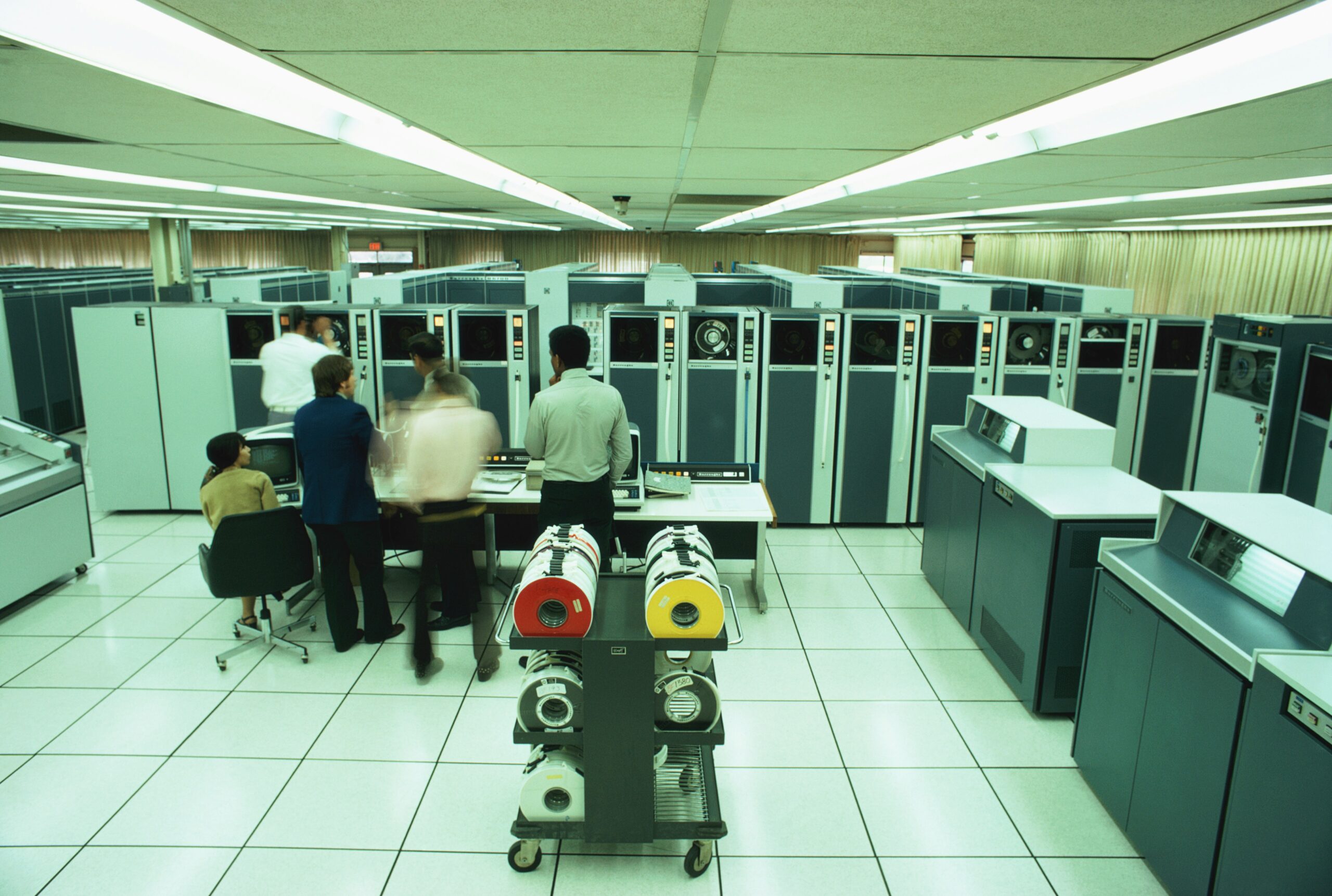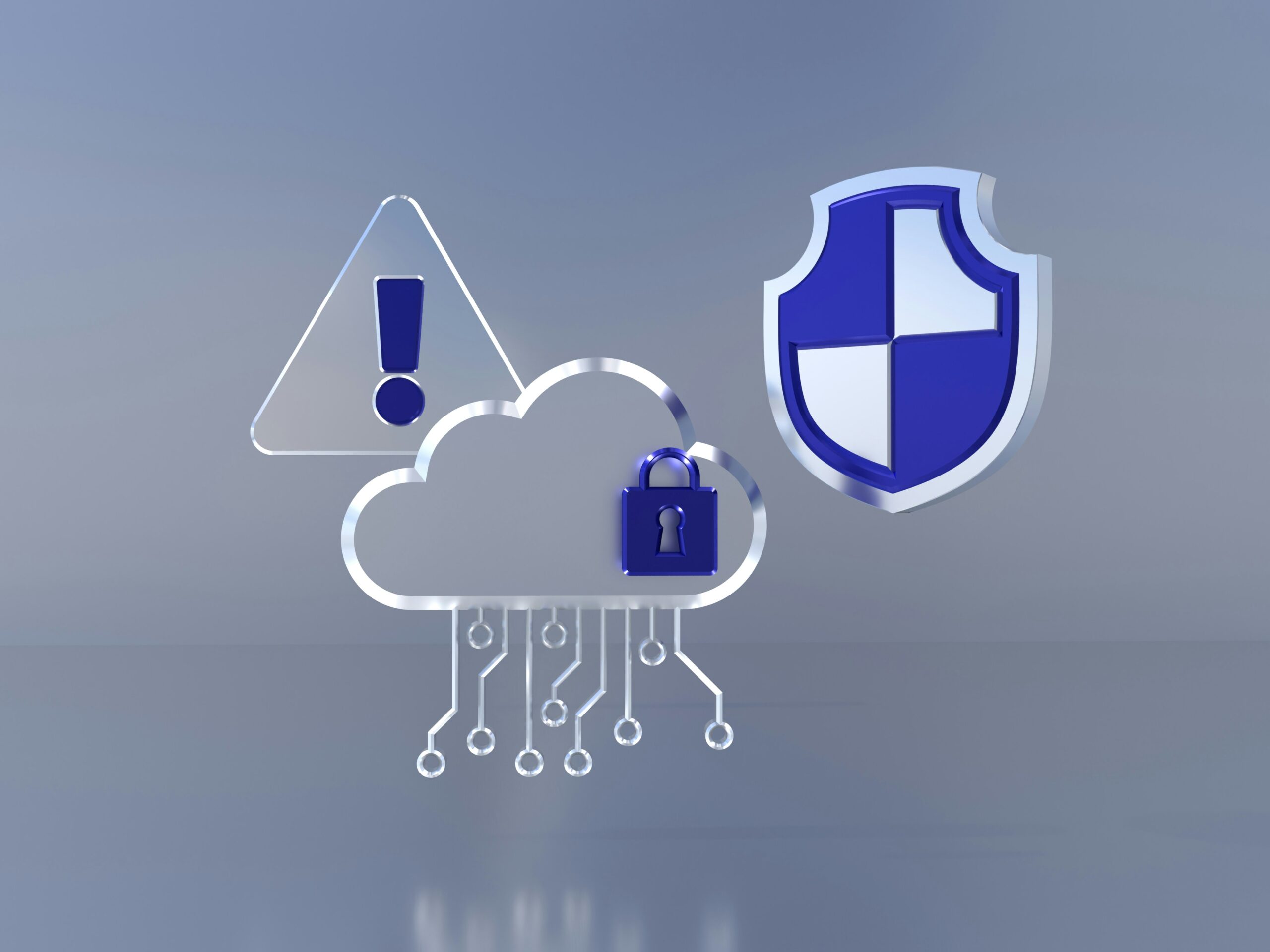The realm of Information Technology (IT) is vast and ever-evolving. A world filled with fascinating facts, intriguing trivia, and surprising discoveries awaits.
In this article, we delve into 40 lesser-known facts about IT. These facts span from the dawn of the digital age to the present day, revealing the remarkable journey of IT.

For tech enthusiasts and professionals, these facts will offer a fresh perspective on the field you navigate daily. They will remind you of the incredible progress we’ve made and the exciting possibilities that lie ahead.
So, let’s embark on this enlightening journey through the world of IT. Prepare to be amazed by these interesting facts about IT you didn’t know were true.
The Dawn of the Digital Age
The birth of the digital age was marked by groundbreaking inventions and pioneering minds. These early milestones laid the foundation for the IT landscape we navigate today.
- Early Computing Milestones:
- The first electronic computer, ENIAC, was a behemoth. Weighing over 27 tons, it occupied a whopping 1800 square feet of space.
- The term “computer” was first used in 1613, referring to a human who performed calculations.
- The first computer programmer was Ada Lovelace. In the mid-1800s, she wrote an algorithm for Charles Babbage’s Analytical Engine.
- The first computer virus, the “Creeper system,” was created in 1971.
- The first computer to use a microprocessor was the Micral N, launched in 1973.
These early milestones remind us of the humble beginnings of IT. They also highlight the rapid pace of technological advancement that continues to this day.
The Evolution of Storage and Memory
The evolution of storage and memory in IT has been nothing short of revolutionary. From massive machines to minuscule chips, the journey has been marked by constant innovation and improvement.
- From Tons to Terabytes:
- The first 1GB hard disk drive was announced in 1980. It weighed about 550 pounds and cost a staggering $40,000.
- The first gigabyte-sized disk drive was sold in the same year.
- The first computer with integrated circuits was the IBM System/360, introduced in 1964.
These advancements in storage and memory have transformed the way we use and interact with technology. They have made it possible to store vast amounts of data in increasingly smaller devices, opening up new possibilities for innovation and development.
The Internet and Connectivity
The advent of the internet has revolutionized the way we communicate, work, and live. It has connected people across the globe, making the world a smaller place.
- The Web’s Wide World:
- Email predates the World Wide Web; the first email was sent in 1971.
- The first domain name ever registered was Symbolics.com, on March 15, 1985.
- Google processes over 3.5 billion searches per day.
- The first website was published on August 6, 1991, by British physicist Tim Berners-Lee.
- The first photo ever uploaded to the internet was posted by Tim Berners-Lee in 1992.
The internet has not only transformed our personal lives but also revolutionized businesses, creating new industries and redefining existing ones. It continues to evolve, offering endless possibilities for the future.
Input Devices and User Interfaces
Input devices and user interfaces have come a long way since the inception of computers. They have evolved to become more user-friendly, efficient, and versatile.
- From Wood to Optical:
- The first computer mouse was made of wood and was invented by Doug Engelbart in 1964.
- The QWERTY keyboard layout was designed to slow down typing to prevent jamming on mechanical typewriters.
- The first touchscreen was developed in the 1960s and was used in air traffic control systems.
These advancements have made it easier for people to interact with computers and other digital devices, enhancing productivity and user experience.
Software, Viruses, and Security
The development of software has been a key driver in the evolution of IT. However, with the growth of software, came the rise of digital threats and the need for robust security measures.
- The Digital Arms Race:
- The first computer virus was created in 1971 and was called the “Creeper system.”
- The term “bug” as a technical glitch comes from a real bug (moth) found in a computer by Grace Hopper in 1947.
- The first known case of “phishing” occurred in 1996.
These facts highlight the ongoing battle between technological advancement and security threats, a digital arms race that continues to shape the IT landscape.
The Mobile Revolution
The advent of mobile technology has revolutionized the way we communicate, work, and live. From the first mobile phone call to the rise of smartphones, the mobile revolution has been a defining aspect of the IT industry.
- Phones to Smartphones:
- The first smartphone was launched by IBM in 1994 and was called Simon Personal Communicator.
- The first known cell phone virus appeared in 2004.
- The first mobile phone call was made by Martin Cooper in 1973.
These facts underscore the rapid pace of innovation in mobile technology, transforming not just the IT industry, but our daily lives as well.
Multimedia and Entertainment
The realm of multimedia and entertainment has been significantly shaped by advancements in IT. From the first computer-generated animation to the evolution of gaming, IT has redefined the way we consume and interact with media. Some fun facts about IT below:
- Gaming and Beyond:
- The first game ever made was Pong, a simple tennis game, which was released in 1972.
- The first known “Easter egg” in a video game was in the Atari game Adventure, released in 1980.
- The first computer-generated animation feature film was “Toy Story,” released in 1995.
These facts highlight the transformative role of IT in the entertainment industry, paving the way for immersive and interactive experiences.
The Social and Economic Impact of IT
Information Technology has not only revolutionized the way we live but also significantly impacted the economy. It has transformed businesses, created new industries, and changed the dynamics of the global market.
- Transforming Society and Business:
- The first online purchase was a Sting CD in 1994.
- The first Bitcoin transaction was for two pizzas in 2010.
- The first social media site is considered to be SixDegrees.com, launched in 1997.
These facts underscore the profound influence of IT on society and business, shaping the way we shop, interact, and conduct business.
Pioneers and Innovations
The IT industry has been shaped by the vision and innovation of countless pioneers. Their contributions have paved the way for the digital age we live in today.
- The People Behind the Progress:
- The first computer programmer was Ada Lovelace, who wrote an algorithm for Charles Babbage’s Analytical Engine in the mid-1800s.
- The first computer to defeat a world chess champion was IBM’s Deep Blue in 1997.
- The first use of the term “virtual reality” was in a 1982 science fiction novel by Damien Broderick.
These pioneers and their innovations have left an indelible mark on the IT industry, pushing the boundaries of what’s possible and shaping the future of technology.
Looking to the Future
What’s Next in IT?
As we look to the future, the IT industry continues to evolve at a rapid pace. Emerging technologies like artificial intelligence, quantum computing, and blockchain are set to redefine the digital landscape. These advancements promise to unlock new possibilities, presenting exciting opportunities and challenges for businesses and individuals alike.









